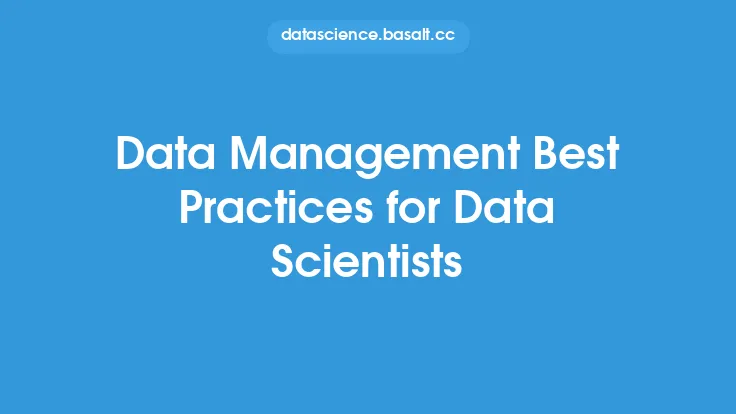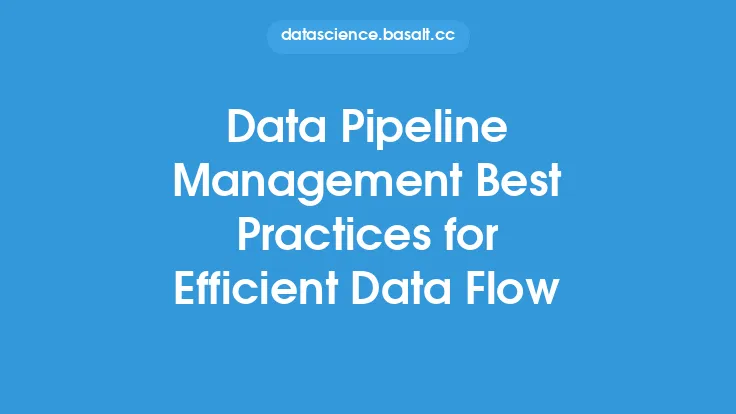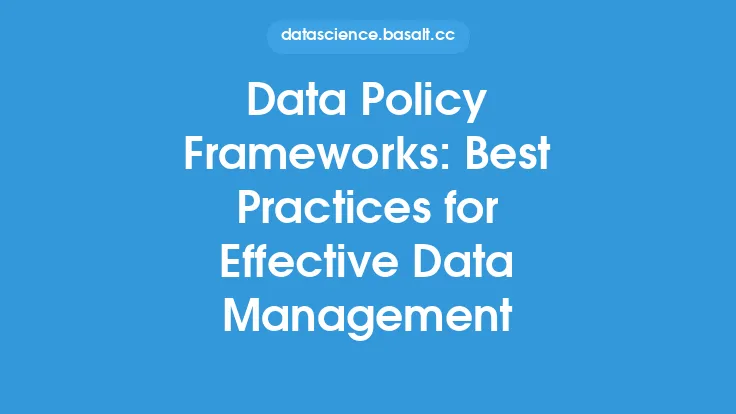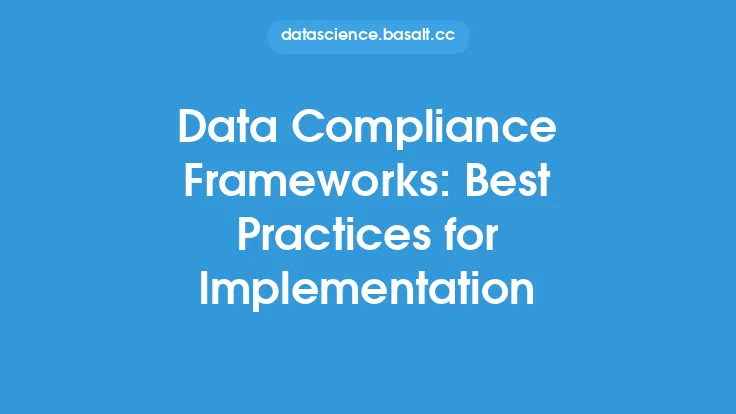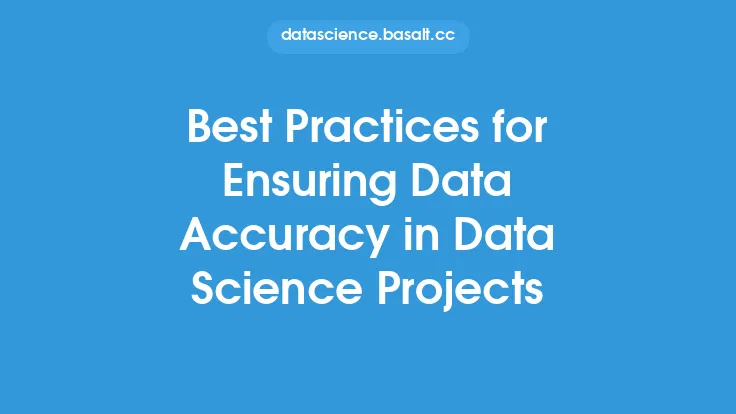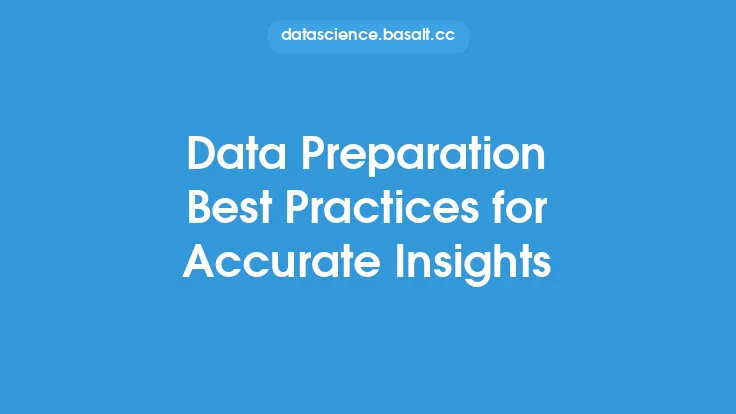Data integrity is a critical aspect of data management that ensures the accuracy, completeness, and consistency of data throughout its lifecycle. It involves a set of processes and techniques that help to prevent data corruption, errors, and inconsistencies, thereby maintaining the reliability and trustworthiness of the data. In this article, we will discuss the best practices for ensuring data integrity, including data validation, data normalization, data backup and recovery, data security, and data quality monitoring.
Introduction to Data Integrity Concepts
Data integrity involves several key concepts, including entity integrity, referential integrity, and domain integrity. Entity integrity refers to the uniqueness of each record in a database, while referential integrity ensures that relationships between records are maintained. Domain integrity, on the other hand, ensures that data values are valid and consistent with the defined data type. Understanding these concepts is essential for implementing effective data integrity measures.
Data Validation Techniques
Data validation is a critical step in ensuring data integrity. It involves checking data for errors, inconsistencies, and invalid values before it is entered into a database or used for analysis. There are several data validation techniques, including format checking, range checking, and checksum verification. Format checking ensures that data values conform to a specific format, such as date or time. Range checking ensures that data values fall within a specified range, while checksum verification ensures that data values are not corrupted during transmission or storage.
Data Normalization and Standardization
Data normalization and standardization are essential for ensuring data integrity. Data normalization involves transforming data into a standard format, such as converting all date values to a uniform format. Data standardization, on the other hand, involves defining a set of rules and conventions for data entry and storage. This helps to prevent errors and inconsistencies, and ensures that data values are consistent across different systems and applications.
Data Backup and Recovery Strategies
Data backup and recovery are critical components of data integrity. Regular backups ensure that data is protected against loss or corruption, while recovery strategies ensure that data can be restored in the event of a disaster or system failure. There are several data backup and recovery strategies, including full backups, incremental backups, and differential backups. Full backups involve backing up all data, while incremental backups involve backing up only the data that has changed since the last backup. Differential backups, on the other hand, involve backing up all data that has changed since the last full backup.
Data Security Measures
Data security is a critical aspect of data integrity. It involves protecting data against unauthorized access, theft, or corruption. There are several data security measures, including encryption, access control, and authentication. Encryption involves converting data into a coded format that can only be deciphered with a decryption key. Access control involves restricting access to data based on user roles and permissions, while authentication involves verifying the identity of users before granting access to data.
Data Quality Monitoring and Reporting
Data quality monitoring and reporting are essential for ensuring data integrity. Data quality monitoring involves tracking data quality metrics, such as data completeness, data accuracy, and data consistency. Data quality reporting, on the other hand, involves generating reports on data quality metrics and providing recommendations for improvement. There are several data quality monitoring and reporting tools, including data quality dashboards, data quality scorecards, and data quality reports.
Best Practices for Data Integrity
There are several best practices for ensuring data integrity, including defining data integrity policies and procedures, establishing data integrity standards, and providing training and awareness programs for users. Data integrity policies and procedures should outline the rules and guidelines for data entry, storage, and use, while data integrity standards should define the requirements for data quality and integrity. Training and awareness programs, on the other hand, should educate users on the importance of data integrity and the procedures for ensuring it.
Technical Implementation of Data Integrity
The technical implementation of data integrity involves several steps, including designing a data integrity framework, implementing data validation and normalization rules, and configuring data backup and recovery systems. A data integrity framework should outline the architecture and components of the data integrity system, while data validation and normalization rules should be implemented using programming languages and software tools. Data backup and recovery systems, on the other hand, should be configured to ensure that data is protected against loss or corruption.
Conclusion and Future Directions
In conclusion, ensuring data integrity is a critical aspect of data management that requires a combination of technical, procedural, and organizational measures. By implementing data validation, data normalization, data backup and recovery, data security, and data quality monitoring, organizations can ensure the accuracy, completeness, and consistency of their data. As data volumes and complexities continue to grow, the importance of data integrity will only increase, making it essential for organizations to prioritize data integrity and invest in the necessary tools and technologies to support it. Future directions for data integrity include the development of more advanced data validation and normalization techniques, the use of artificial intelligence and machine learning for data quality monitoring, and the implementation of cloud-based data integrity solutions.
